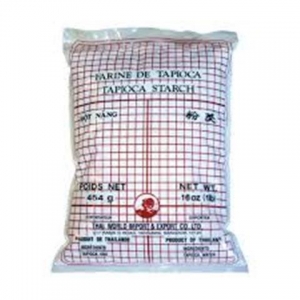Shopping Bag
16
-
 The Verde Biluochun In Latta 100g
1 × €5,50
The Verde Biluochun In Latta 100g
1 × €5,50 -
 Biyori Semi Di Sesamo Nero Tostati 1kg
1 × €14,90
Biyori Semi Di Sesamo Nero Tostati 1kg
1 × €14,90 -
 Massaman Curry Paste 400g
1 × €3,90
Massaman Curry Paste 400g
1 × €3,90 -
 Biyori Wasabi In Polvere 1kg
6 × €9,95
Biyori Wasabi In Polvere 1kg
6 × €9,95 -
 Zuppa Dolce Xiduoduo Heitanghongzao Gouqizhou 280g
1 × €1,60
Zuppa Dolce Xiduoduo Heitanghongzao Gouqizhou 280g
1 × €1,60 -
 Cock Brand Amido Di Tapioca 454g
1 × €1,60
Cock Brand Amido Di Tapioca 454g
1 × €1,60 -
 Funghi Secchi Green Shitake (xianggu) 3-4cm 500g
1 × €12,50
Funghi Secchi Green Shitake (xianggu) 3-4cm 500g
1 × €12,50 -
 Biyori Semi Di Sesamo Con Wasabi Tostati 100g
2 × €4,50
Biyori Semi Di Sesamo Con Wasabi Tostati 100g
2 × €4,50 -
 Coexito Panela 4pz Zucchero Di Canna Bruno 100% 454g
1 × €2,00
Coexito Panela 4pz Zucchero Di Canna Bruno 100% 454g
1 × €2,00 -
 Cock Brand Yellow Curry Paste 400g
1 × €3,80
Cock Brand Yellow Curry Paste 400g
1 × €3,80










